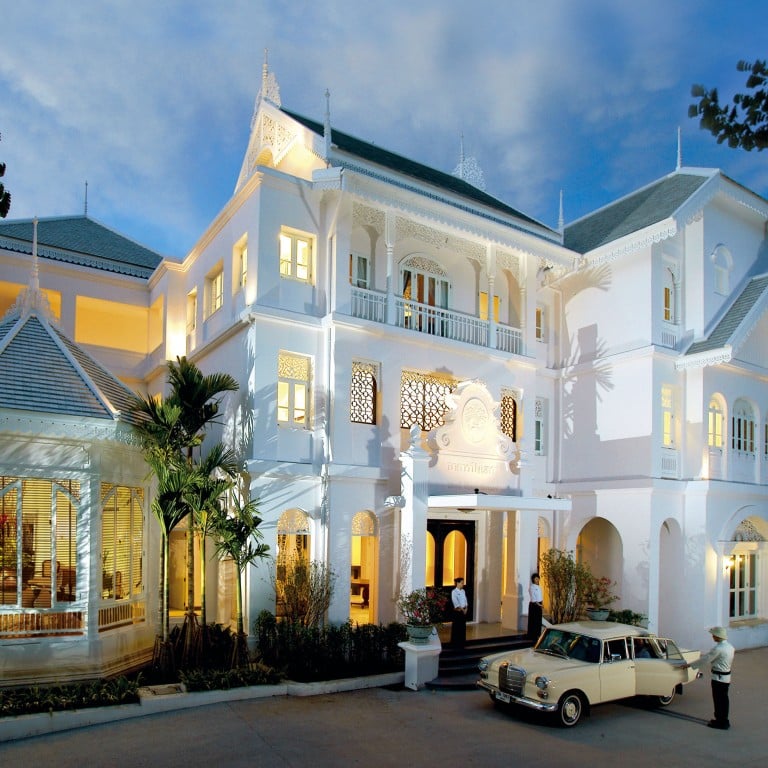What is Lanna colonial architecture? Ping Nakara in Chiang Mai, Thailand exemplifies the historical style that northern luxury hotels and resorts are adopting, first used by the rich in the 19th century

- The name came from Chairat Usavangkul’s book Lanna Colonial: A Return to Elegance, written to mark the opening of his Ping Nakara hotel built in the Lanna colonial style
- Other examples are the Lanna Architecture Centre, part of Chiang Mai University, and the century-old centrepiece of the Anantara Chiang Mai Resort, now a restaurant called The Service 1921
When Chairat Usavangkul opened the Ping Nakara hotel in Chiang Mai, he marked the occasion by writing a book explaining the inspiration for its design. The result was Lanna Colonial: A Return to Elegance, a beautifully illustrated volume that delves into local history to reveal a fusion of architectural styles. In doing so, Chairat coined a term that is heard increasingly to describe new hotels and resorts in northern Thailand that adopt a historical theme.
“Before Chiang Mai became a part of Siam in the early 20th century, the region was known as Lanna, which means ‘a million rice fields’,” explains Chiarat. “In the late 19th century, the city attracted Western missionaries and teak traders, who brought with them popular Victorian architectural features such as gingerbread fretwork and sheltered colonnades.”

During the teak boom era, he continues, many wealthy merchants constructed ornate, opulent houses with added Lanna influences, including carved pediments. “The result of this fusion of local and Western design was often a two-storey house with a ground floor of bricks and mortar and an upper storey of teakwood with spacious balconies and perforated panels that allowed for good air circulation – a necessary feature to cope with the tropical heat and humidity.”
At Ping Nakara, these include the gingerbread carvings on the upper floor balconies, and a veranda that runs alongside the pool, as well as a set of bas-reliefs depicting elephants at work in the teak forests, carved in such detail that the pachyderms seem to spring to life.

The guest rooms are named after local flowers and are decorated with oil paintings and drawings of these flowers. The hardwood floors, Persian carpets, and antique-style fixtures and fittings give a feeling of yesteryear, accentuated by the way that guests are transported to and from the hotel in vintage Mercedes driven by smartly dressed chauffeurs, or else in environmentally friendly pedicabs.
A search for similar architecture across the city brings many rewards. A classic model of this stylistic fusion is the Lanna Architecture Centre, located in the heart of Chiang Mai’s old walled city, almost opposite two of the city’s main temples – Wat Chedi Luang and Wat Phan Tao – and open to the public five days a week.

Formerly known as the Khum Chao Burirat, it was built around 1889. Khum means “residence”, and the Chao Burirat was a high-ranking local ruler responsible for administering foreign logging companies. Later, the office was moved out of town and the owners donated the property to Chiang Mai University. It is now part of the Faculty of Architecture.